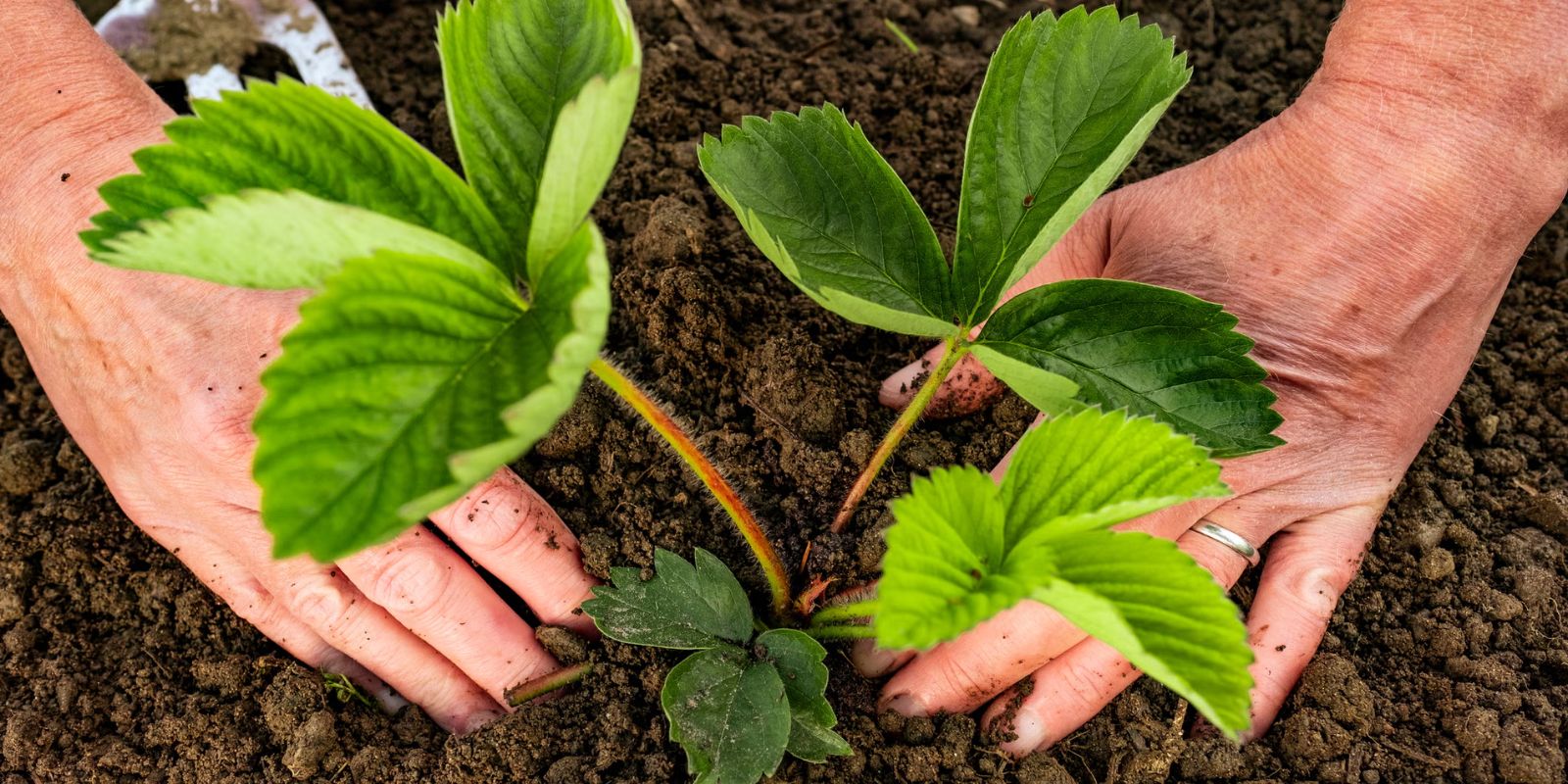A thriving vegetable garden begins with exceptional soil. While many gardeners understand the basics of soil care, a deeper dive into some secret techniques can reveal methods that lead to truly astonishing vegetable growth. In this guide, we’ll explore these lesser-known soil secrets that can transform your garden into a lush, productive oasis.
1. Add Organic Matter
Why Organic Matter Matters
Organic matter, such as compost or well-rotted manure, is the backbone of a healthy soil ecosystem. It provides essential nutrients, enhances soil structure, and improves moisture retention. Adding organic matter is a fundamental step in building rich, fertile soil that supports robust vegetable growth.
How to Incorporate Organic Matter:
- Compost: Regularly add compost to your garden beds. Spread a layer of compost about 2-3 inches thick and work it into the top 6-12 inches of soil. Compost not only provides nutrients but also introduces beneficial microorganisms that aid in soil health.
- Manure: Use well-rotted manure to enrich soil. Apply it in the fall or early spring and incorporate it into the soil. Avoid using fresh manure as it can be too strong and may contain pathogens that could harm plants.
Benefits:
- Improved Fertility: Organic matter supplies a balanced mix of essential nutrients, including nitrogen, phosphorus, and potassium.
- Enhanced Soil Structure: It helps create a crumbly texture, improving aeration and drainage.
- Moisture Retention: Organic matter increases the soil’s ability to hold moisture, reducing the need for frequent watering.
2. Practice No-Till Gardening
Understanding No-Till Gardening
No-till gardening involves avoiding the disruption of soil through tilling. Instead of turning the soil, you simply add organic matter on top and let it decompose naturally. This method helps preserve the soil’s structure and the beneficial organisms living within it.
Implementing No-Till Gardening:
- Layering: Add organic matter, such as compost or mulch, directly onto the soil surface. Allow it to decompose naturally, enriching the soil without disturbing its structure.
- Planting: Create planting holes or rows directly through the mulch or organic layer. This method minimizes soil disturbance while maintaining a healthy soil environment.
Benefits:
- Preserved Soil Structure: No-till gardening maintains the natural soil structure, which supports healthy root systems.
- Beneficial Organisms: It protects and encourages beneficial soil organisms like earthworms and microbes that are crucial for nutrient cycling.
- Reduced Erosion: By keeping the soil covered, no-till gardening reduces erosion and runoff.
3. Use Cover Crops
The Role of Cover Crops
Cover crops are planted specifically to improve soil health. These crops, such as clover, rye, or vetch, are grown during the off-season or between main crops to provide various benefits.
How to Use Cover Crops:
- Planting: Sow cover crops in the fall or early spring, before the main planting season. Choose cover crops based on your soil needs and climate.
- Incorporation: Before planting your main crops, cut down the cover crops and incorporate them into the soil. Allow them to decompose and enrich the soil.
Benefits:
- Soil Fertility: Cover crops add organic matter and nutrients to the soil, particularly nitrogen-fixing varieties like clover.
- Erosion Control: They protect the soil from erosion and runoff, especially on sloped or bare areas.
- Weed Suppression: Cover crops help suppress weeds by outcompeting them for light and space.
4. Implement Soil Amendments
The Importance of Soil Amendments
Soil amendments are materials added to the soil to address specific nutrient deficiencies or imbalances. They help to correct soil imbalances and enhance fertility.
Types of Soil Amendments:
- Bone Meal: Provides a slow-release source of phosphorus, promoting strong root development and flowering.
- Rock Phosphate: A natural source of phosphorus, beneficial for long-term soil fertility.
- Sulfur or Lime: Used to adjust soil pH. Sulfur lowers pH in alkaline soils, while lime raises pH in acidic soils.
How to Apply Soil Amendments:
- Application Rates: Follow recommended application rates based on soil tests. Over-application can lead to nutrient imbalances or environmental issues.
- Incorporation: Mix amendments into the topsoil before planting to ensure they are evenly distributed.
Benefits:
- Balanced Nutrients: Soil amendments help correct nutrient deficiencies, ensuring that plants receive the essential elements they need.
- Improved Growth: Addressing specific soil needs enhances overall plant health and growth.
- Enhanced Soil Health: Regular use of amendments contributes to long-term soil fertility and structure.
5. Maintain Proper pH Levels
Why Soil pH Matters
Soil pH affects nutrient availability and overall plant health. Most vegetables thrive in soil with a pH between 6.0 and 7.0. Maintaining the proper pH level ensures that plants can access essential nutrients.
How to Manage Soil pH:
- Testing: Regularly test soil pH using a home test kit or by sending a sample to a lab. This helps determine the current pH level and any needed adjustments.
- Adjusting pH: Add lime to raise pH in acidic soils or sulfur to lower pH in alkaline soils. Follow application instructions carefully to avoid over-correction.
Benefits:
- Optimal Nutrient Availability: Proper pH levels ensure that plants can access nutrients efficiently.
- Enhanced Plant Health: Balanced pH contributes to overall plant vigor and resilience.
- Improved Yields: Plants in optimal pH conditions tend to produce better yields and higher-quality vegetables.
Conclusion: Cultivate Soil for Exceptional Growth
Unlocking these secret soil techniques can lead to unbelievable vegetable growth and a thriving garden. By adding organic matter, practicing no-till gardening, using cover crops, implementing soil amendments, and maintaining proper pH levels, you can create a soil environment that supports robust and productive plants.
Apply these methods to your gardening routine and witness the remarkable transformation in your vegetable harvest. Embrace these soil secrets and cultivate a garden that yields an abundance of fresh, delicious produce. Happy gardening! 🌱🥦🍅

